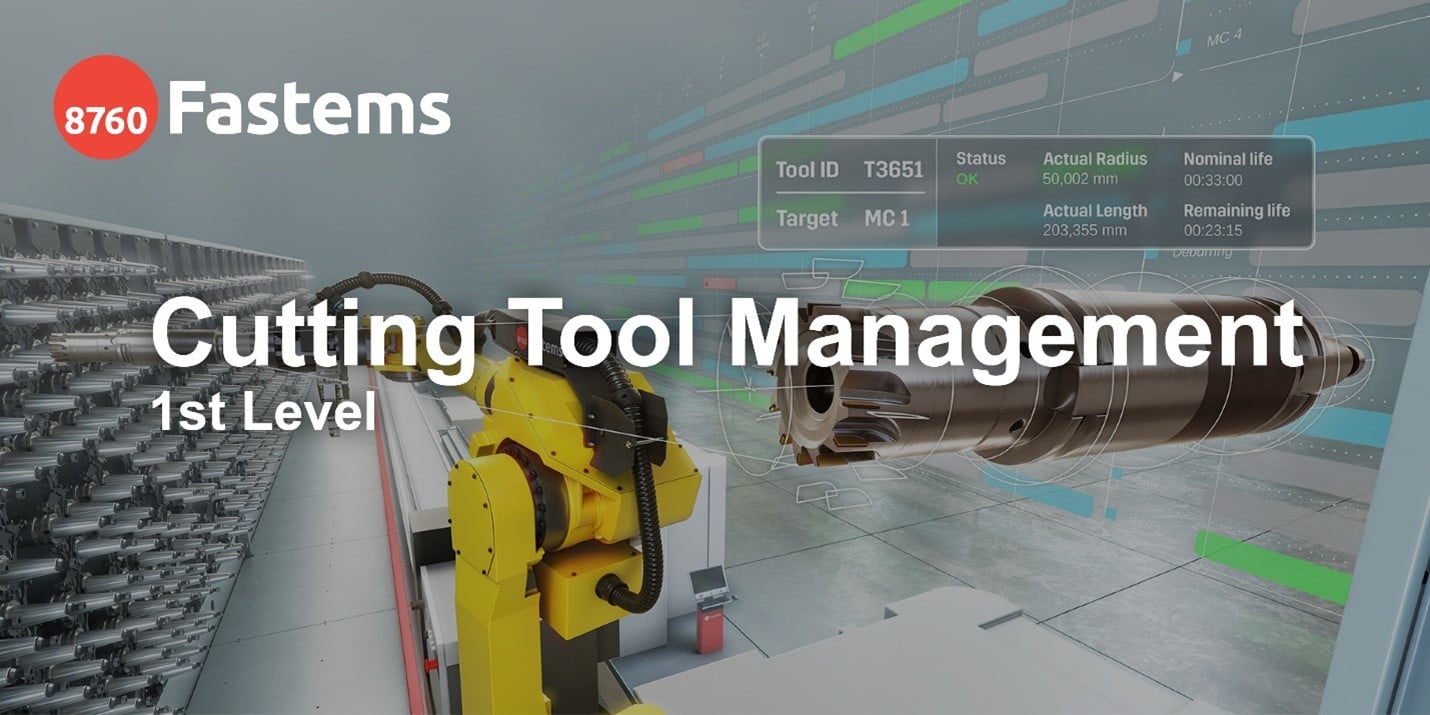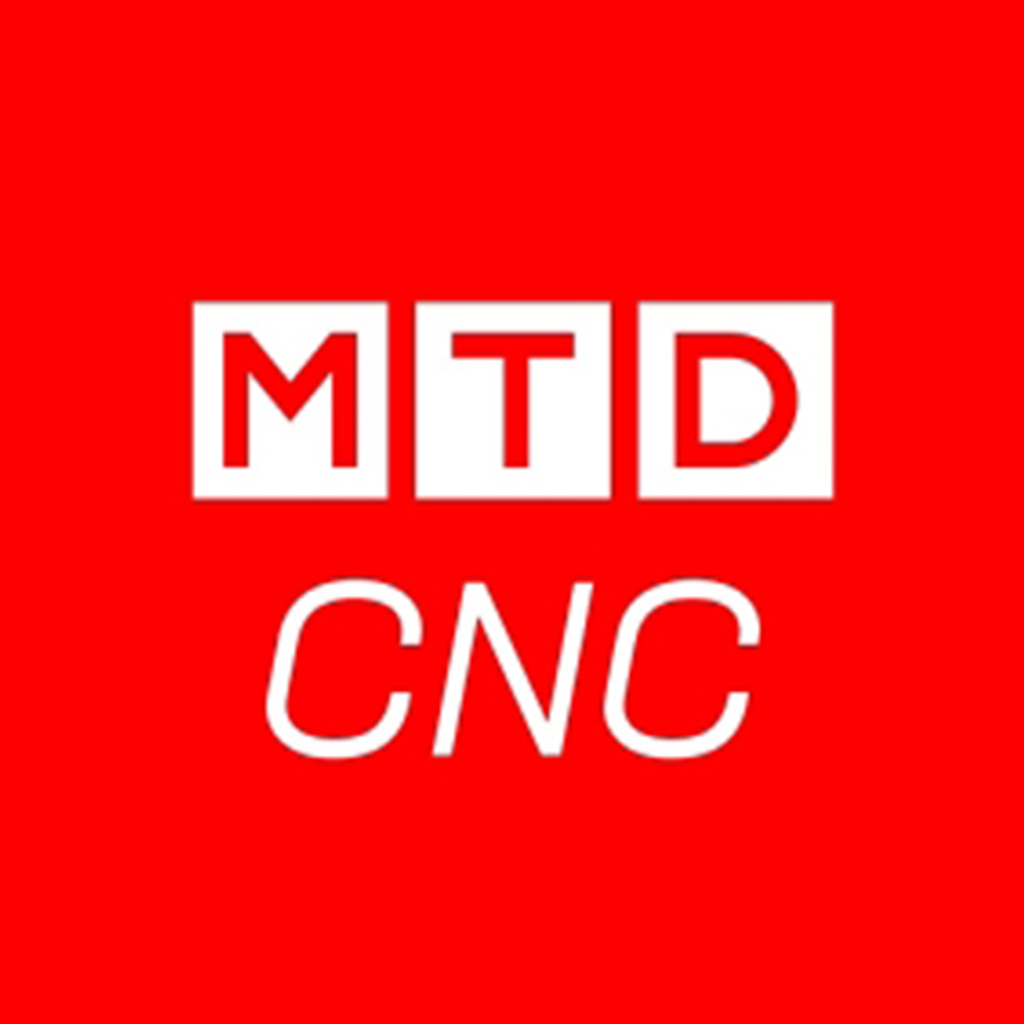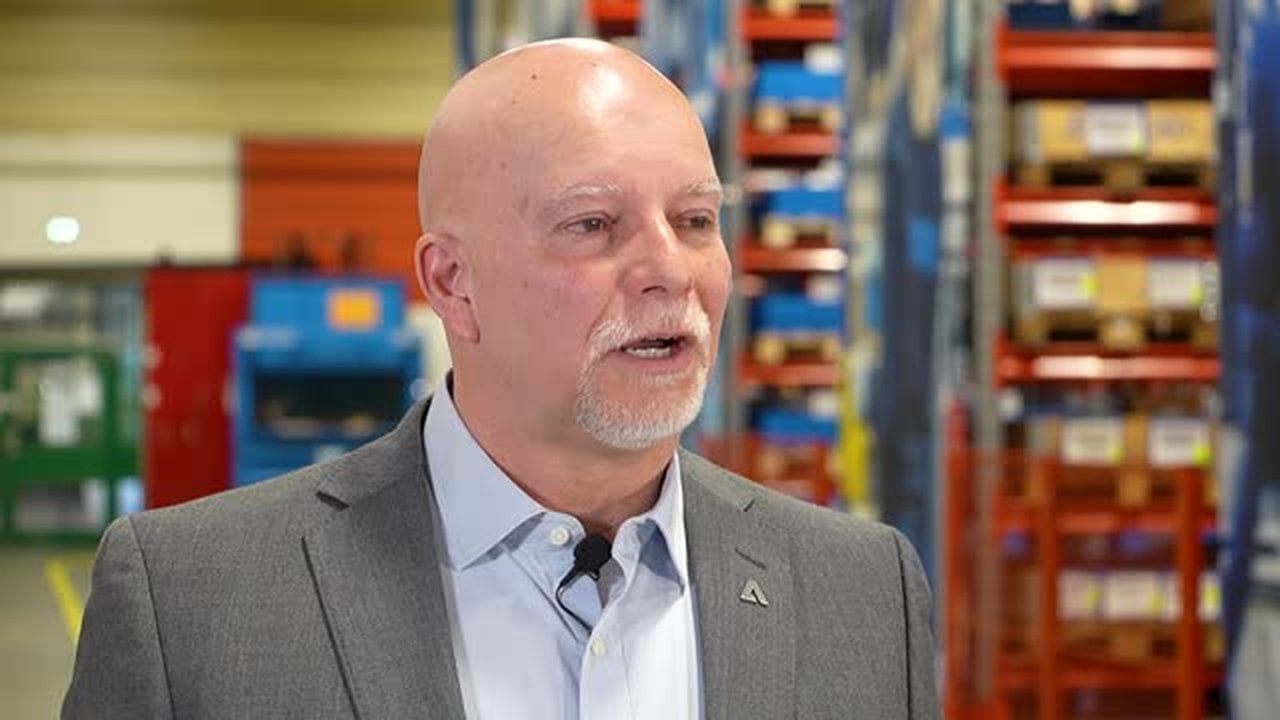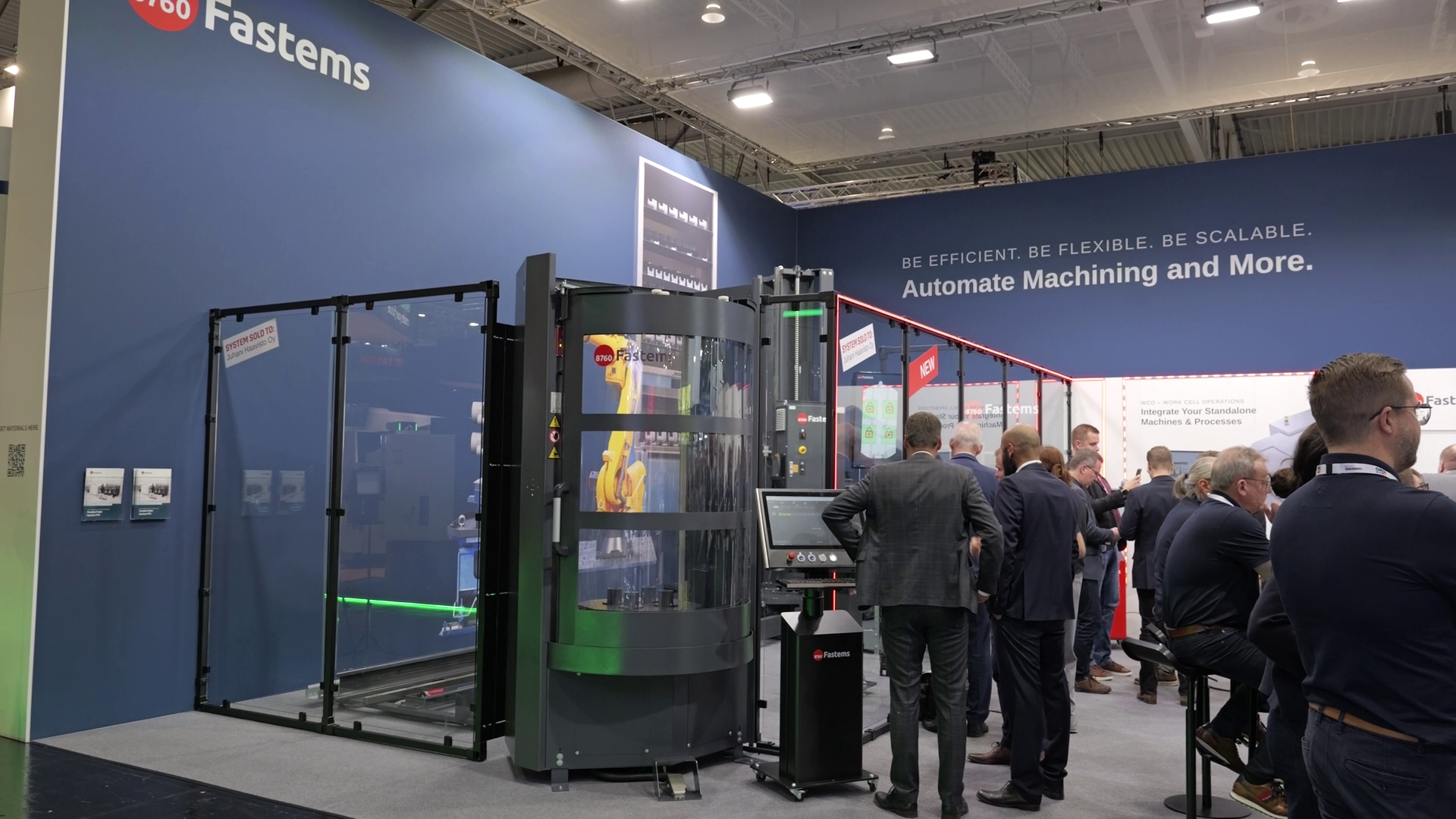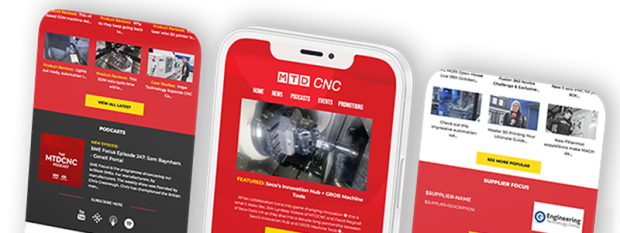
Cutting Tool Management – Avoid Idle Time with Predictive Planning
A red light on your machine tool indicates that the spindle is not running – is your machine waiting for a cutting tool? At a first glance this might not seem like a big problem, but in the long term unnecessary idle time can have a substantial impact on your shop floor.
To give you an idea, we have gathered an example of machine waiting time and the kind of impact it can have on productivity:
- A company has four machine tools, each runs 6,000 hours a year. This makes 24,000 machining hours per year.
- There is an average of 4 hourly tool changes per machine, which makes a total of 96,000 tool changes a year.
- The operator is available 90% of the machining time, which means that for 10% of the machining time the machine is waiting for cutting tools (9 600 tool changes with waiting time).
- If the average waiting time is 10 minutes, the yearly waiting time would be 1,600 hours.
- So, what is the cost of these 1,600 idle hours?
These numbers might seem surprising, but the maths check out. With the increasing complexity of machining and an escalating part mix, cutting tool management plays an even more important role than before. In the long run, every minute adds up to affect your shop’s productivity. This means that machine stops caused by missing tools, tool loading errors or worn out tools are something that should be minimized whenever possible. Because of this, we have created a few articles about the maths behind the productivity related to cutting tools and will explain how to implement the best tool management practices in four steps. Today, we present the first step (first-level tool management practices).
From reactive to predictive
The main theme in the example above was predictability: if the operator doesn’t know the cutting tool needs in advance, the machine continuously needs to be monitored for possible interruptions. That said, even with the most careful surveillance there will be times when no one is immediately available when a tool change is needed. This problem can be avoided by having a view of the upcoming tool needs in advance, which allow the operator to prepare the tools beforehand.
Intelligent production control software, like Fastems’ MMS, is able to plan the production ahead based on real-time data on the NC programs, cutting tools, machines and other resources. The system informs operators ahead of time of upcoming cutting tool needs. When is a tool needed and where? MMS has visibility 96 hours ahead and immediately sends an alert if a machine is about to stop because of a tool shortage.
In summary, the first step in implementing the best tool management practices is to move from reactive to predictive working. With predictive tool management, machine utilisation is significantly higher, personnel resources can be used in a wiser way and operators can plan their work better. 90% of Fastems’ customers have performed this step, and it has played a major role in many productivity leaps.
Find out more:


